Photo

Meleko Mokgosi, Bread, Butter, and Power (2018) (detail) (image courtesy of the artist and Honor Fraser, photo by Monica Nouwens)
(via Paintings that Question the Promises of Postcolonial Democracy)
33 notes
·
View notes
Photo
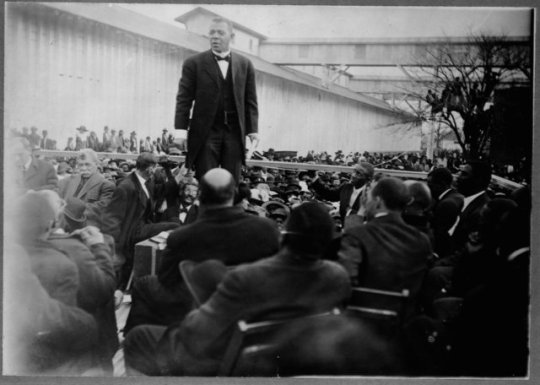
Teddy Roosevelt proclaimed it “The Jewel of the Delta.”
Booker T. Washington praised it as a model of “thrift and self-government.”
Mound Bayou, in the Mississippi Delta: a town founded in 1887 by former slaves, with a vision that was revolutionary for its time.
From the start, it was designed to be a self-reliant, autonomous, all-black community.
Here’s What’s Become Of A Historic All-Black Town In The Mississippi Delta
Image: Library of Congress/Corbis/VCG via Getty Images
336 notes
·
View notes
Photo







Next up in our Black Actress Canon series for Black History and Women’s History Month is the striking, commanding Karidja Touré in Girlhood (2014). At the center of Céline Sciamma’s coming-of-ager is Touré, who reflects and refracts the experiences of her always-evolving Marieme like a diamond held up to the light, illuminating the ways in which identity can be at once a prison and an escape.
Here’s why you need to catch up with this luminous acting debut.
(Source: TribecaFilm.com)
1K notes
·
View notes
Photo

Readers of the May 24, 1796 Pennsylvania Gazette found an advertisement offering ten dollars to any person who would apprehend Oney Judge, an enslaved woman who had fled from President George Washington’s Virginia plantation, Mount Vernon. The notice described her in detail as a “light mulatto girl, much freckled, with very black eyes and bushy black hair,” as well as her skills at mending clothes, and that she “may attempt to escape by water … it is probable she will attempt to pass as a free woman, and has, it is said, wherewithal to pay her passage.” She did indeed board a ship called the Nancy and made it to New Hampshire, where she later married a free black sailor, although she was herself never freed by the Washingtons and remained a fugitive.
(via A Database of Fugitive Slave Ads Reveals Thousands of Untold Resistance Stories)
14 notes
·
View notes
Photo

Tracey Norman in Marc Jacobs Spring/Summer 2018 photographed by Mickalene Thomas, Gay Letter Issue 8
808 notes
·
View notes
Photo
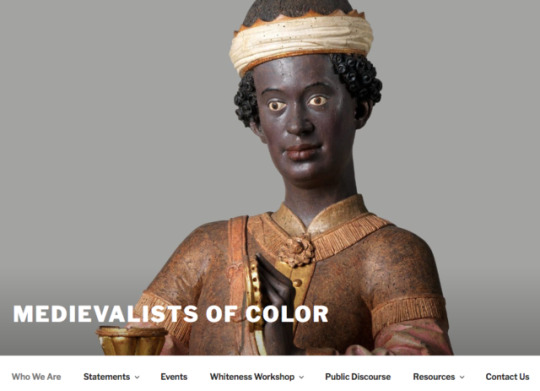
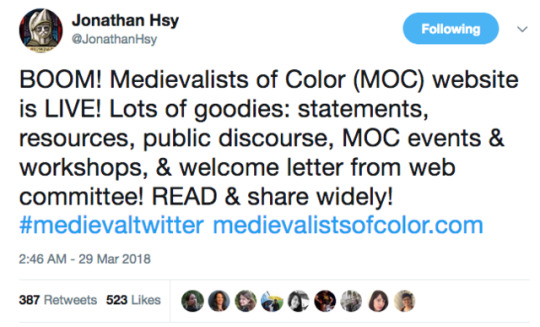
Medievalists of Color (MoC) is a professional organization of a diverse group of scholars working across the disciplines in Medieval Studies. We are graduate students, independent scholars, and tenure-track and non-tenure track faculty of all ranks from adjunct and lecturer to full professor. Among us are scholars based in the Americas, Africa, Asia, Oceania, and Europe. As people of color, we share a collective socio-political identity that draws its strength from the varied backgrounds and experiences of its members. We represent the power of difference.
2K notes
·
View notes
Photo

“Art is how we decorate space, music is how we decorate time.” Basquiat
22K notes
·
View notes
Link
58 notes
·
View notes
Link
38 notes
·
View notes
Photo
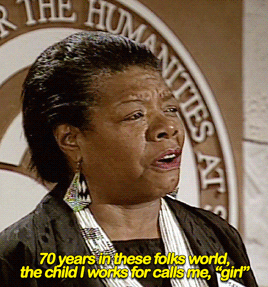



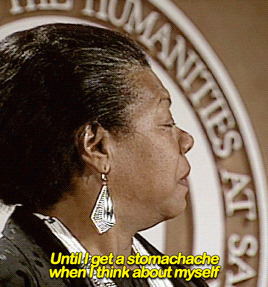
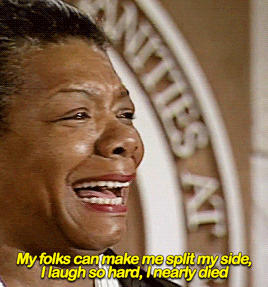




“I have written a poem for a woman who rides a bus in New York City. She’s a maid, she has two shopping bags. When the bus stops abruptly, she laughs. If the bus stops slowly, she laughs. I thought, ‘Mmm, a-ha.’ Now, if you don’t know black features, you may think she’s laughing. But she wasn’t laughing. She was simply extending her lips and making a sound. I said, ‘Oh, I see.’ That’s that survival apparatus. Now, let me write about that to honor this woman who helps us to survive.”
Maya Angelou: And Still I Rise (2016) dir. Rita Coburn & Bob Hercules
27K notes
·
View notes
Photo
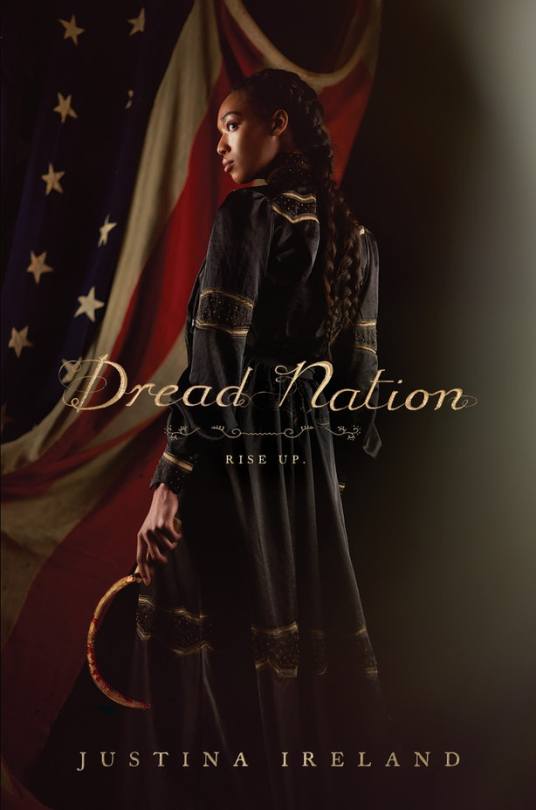
New Release - Available Now!
Dread Nation - Justina Ireland
Jane McKeene was born two days before the dead began to walk the battlefields of Gettysburg, Pennsylvania—derailing the War Between the States and changing the nation forever.
In this new America, safety for all depends on the work of a few, and laws like the Native and Negro Education Act require certain children attend combat schools to learn to put down the dead.
But there are also opportunities—and Jane is studying to become an Attendant, trained in both weaponry and etiquette to protect the well-to-do. It’s a chance for a better life for Negro girls like Jane. After all, not even being the daughter of a wealthy white Southern woman could save her from society’s expectations.
But that’s not a life Jane wants. Almost finished with her education at Miss Preston’s School of Combat in Baltimore, Jane is set on returning to her Kentucky home and doesn’t pay much mind to the politics of the eastern cities, with their talk of returning America to the glory of its days before the dead rose.
But when families around Baltimore County begin to go missing, Jane is caught in the middle of a conspiracy, one that finds her in a desperate fight for her life against some powerful enemies. And the restless dead, it would seem, are the least of her problems.
Balzer + Bray | Ages 12 and up | 8th and up | 464 Pgs
Purchase
Find more children’s and young adult books by Black authors here
<> Follow BCBA on Twitter <> Subscribe to Our Newsletter <>
Your thoughtful donation will support our mission to promote awareness of children’s and young adult literature by Black authors.
Our stories matter.
Thank you!
42 notes
·
View notes
Photo

Ever since Kehinde Wiley and Amy Sherald’s official portraits of Barack and Michelle Obama were unveiled in February, attendance numbers at Washington DC’s National Portrait Gallery have exploded. So much so that Sherald’s portrait of Michelle Obama was recently moved to a different part of the museum ahead of schedule in order to accommodate the crowds.
In a phone interview with Hyperallergic, National Portrait Gallery director Kim Sajet was hesitant to compare the number of people who came to see each of the new portraits, but she did say that Michelle Obama’s is the most popular portrait of a first lady. Sajet attributed this popularity to “the magic of Michelle’s presence: her statuesque pose, flowing dress, and direct gaze” in Sherald’s portrait. The viral photo of two-year-old Parker Curry standing in awe in front of it hasn’t hurt either.
(via Obama Portraits Bring Record Traffic to National Portrait Gallery)
32 notes
·
View notes
Photo

Selma Burke with her bust of Booker T. Washington
Sphotographer: PINCHOS HORN taken in 1935
119 notes
·
View notes
Text
The Washerwomen Strike of 1881 in a Post-Civil War South
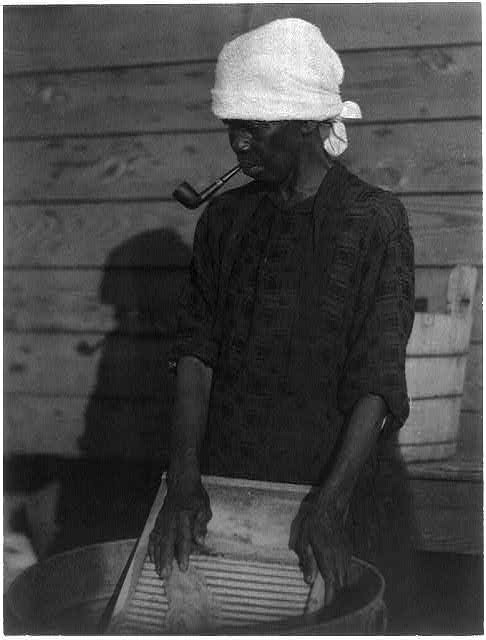
In the decades following the Civil War, many African American women found employment as domestic workers. During this time, despite the intense labor and resources their work required, the average black laundress earned wages from $4 to $8 a month.
In the Summer of 1881, twenty African American laundresses formed the Washing Society to advocate for higher wages, respect, and autonomy over their work. The Washing Society was a trade organization that used door-to-door canvassing to recruit laundresses in Atlanta into the organization. In just three weeks, 3,000 black women laundresses in Atlanta, Georgia went on strike.
The Washing Society members successfully established a flat rate of $1 per dozen pounds of wash, effectively raising their own wages in spite of the City Council’s imposed fees, and local authorities’ arrests and home visits. Other workers in the domestic industry such as cooks, maids, and nurse were inspired by the efforts of the Washing Society. The strike served as a reminder to the community, of the importance of African American labor in the post-Civil War South.

816 notes
·
View notes
Photo


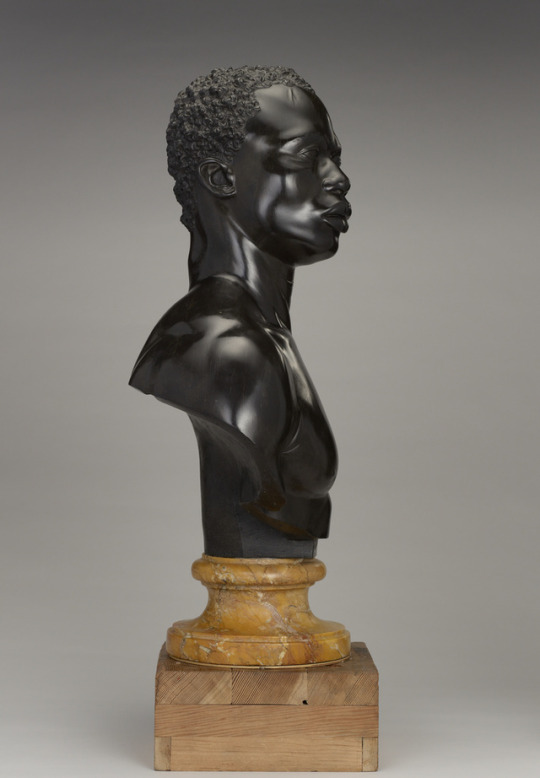
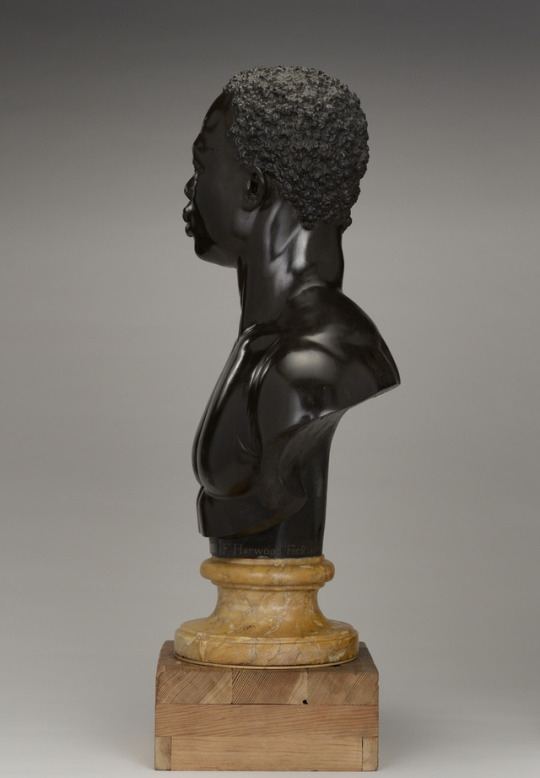

Francis Harwood
Bust of a Man
England (1748)
Black stone (pietra di paragone) on a yellow Siena marble socle; 69.9 × 50.2 × 26.7 cm, 52.6173 kg
The J. Paul Getty Museum, Los Angeles
4K notes
·
View notes
Link
Did you guys know about this? I had no idea. Here’s an article written by Jameelah Nasheed.
An excerpt:
In the late 18th century, new economic opportunities and growth led to an increasein the free African and African-American populations of New Orleans. This was because some people of African descent were newly able to make money, buy their freedom, and subsequently increase the free Black population. And with that came an increase in interracial relationships, to the dismay of colonial authorities. As Ze Winters notes in The Mulatta Concubine: Terror, Intimacy, Freedom, and Desire in the Black Transatlantic, “Charles III of Spain demanded that the colonial governor of Louisiana ‘establish public order and proper standards of morality,’ with specific reference to a ‘large class of ‘mulattos’ and particularly “mulatto’ women.”
During this time, women of African descent were known to wear their hair in elaborate styles (yes, we’ve been fly for centuries). By incorporating feathers and jewels into their hairstyles, they showcased the full magic and glory of their gravity-defying strands, and appeared wealthier than they actually were. As a result, these enticing styles attracted the attention of men—including white men.
To address this “problem,” in 1786, Spanish colonial Governor Don Esteban Miró enacted the Edict of Good Government, also referred to as the Tignon Laws, which “prohibited Creole women of color from displaying ‘excessive attention to dress’ in the streets of New Orleans.” Instead, they were forced to wear a tignon (scarf or handkerchief) over their hair to show that they belonged to the slave class, whether they were enslaved or not. In The Devil’s Lane: Sex and Race in the Early South, historian Virginia M. Gould notes that Miró hoped the laws would control women “who had become too light skinned or who dressed too elegantly, or who competed too freely with white women for status and thus threatened the social order.”
In response to the laws, Creole women did cover their hair, but they did so with intricate fabrics and jewels (think Angela Bassett in American Horror Story as real-life New Orleans sorceress, Marie Laveau). As Baton Rouge curator Kathe Hambrick put it in a recent interview with The Advocate, “they owned it and made it a part of their fashion.” Instead of a cover-up, the wraps became a symbol style. And, of course, the women continued to attract men with their extravagant hairdos.
I recommend reading the whole article over there.
2K notes
·
View notes
Photo
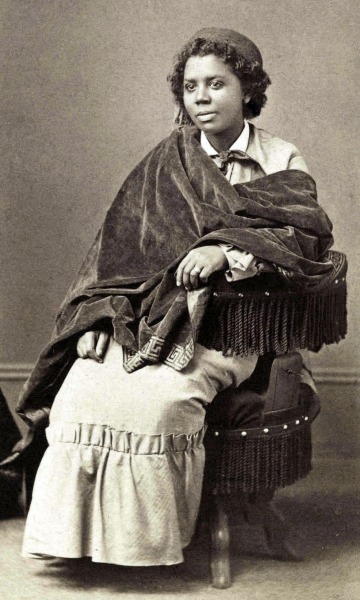
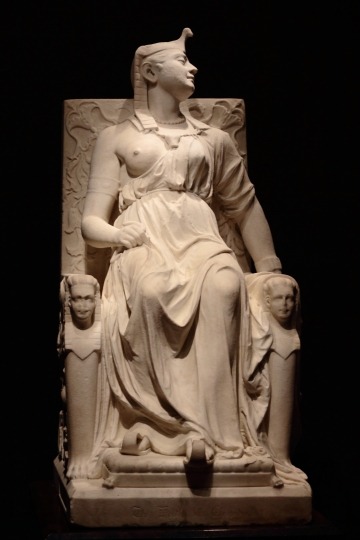
In life and in death, the sculptor Edmonia Lewis was an enigmatic figure. The first black sculptress to gain fame on both sides of the Atlantic, she was part of a group of women sculptors that Henry James called “the white marmorean flock.” Born Mary Edmonia Lewis, she sculpted for British nobles and Boston Brahmins; Henry Wadsworth Longfellow posed for her; she was lauded in the press for her classical busts and depictions of American history.
But in 1865, after years of moving restlessly from state to state, Lewis crossed the sea, and ultimately vanished into obscurity. To this day, the website of the Smithsonian American Art Museum, which includes her work in its collection, states: “After 1875, facts concerning the remainder of Lewis’s life as well as the date and place of death are obscure and conflicting.”
(via The Decades-Long Quest to Find and Honor Edmonia Lewis’s Grave)
57 notes
·
View notes